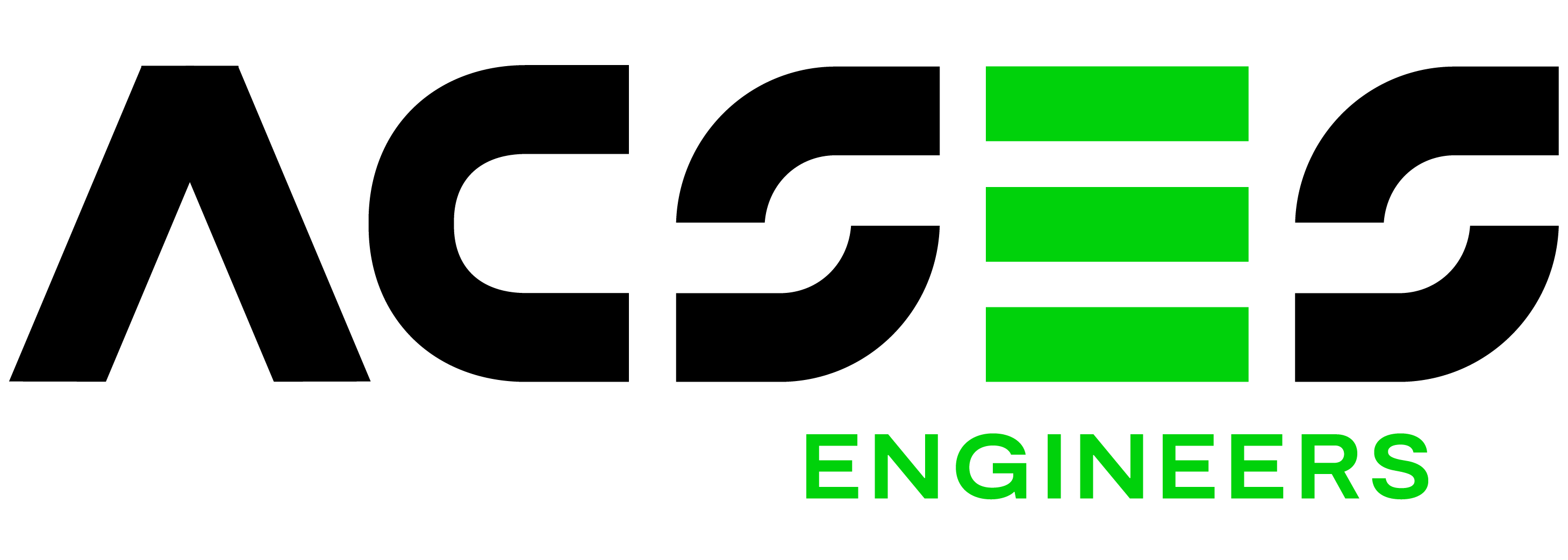Scientists from ANU have used new space technology to predict droughts and increased bushfire risk up to five months in advance.
ANU researcher Siyuan Tian said the team knew they needed to move into space to get closer to understanding the complex nature of drought.
They used data from multiple satellites to measure water below the Earth’s surface with unprecedented precision, and were able to relate this to drought impacts on the vegetation several months later.
“The way these satellites measure the presence of water on Earth is mind boggling,” said Ms Tian from the ANU Research School of Earth Sciences.
“We’ve been able to use them to detect variations in water availability that affect the growth and condition of grazing land, dryland crops and forests, and that can lead to increased fire risk and farming problems several months down the track.”
The drought forecasts will be combined with the latest satellite maps of vegetation flammability from the Australian Flammability Monitoring System at ANU to predict how the risk of uncontrollable bushfires will change over the coming months.

